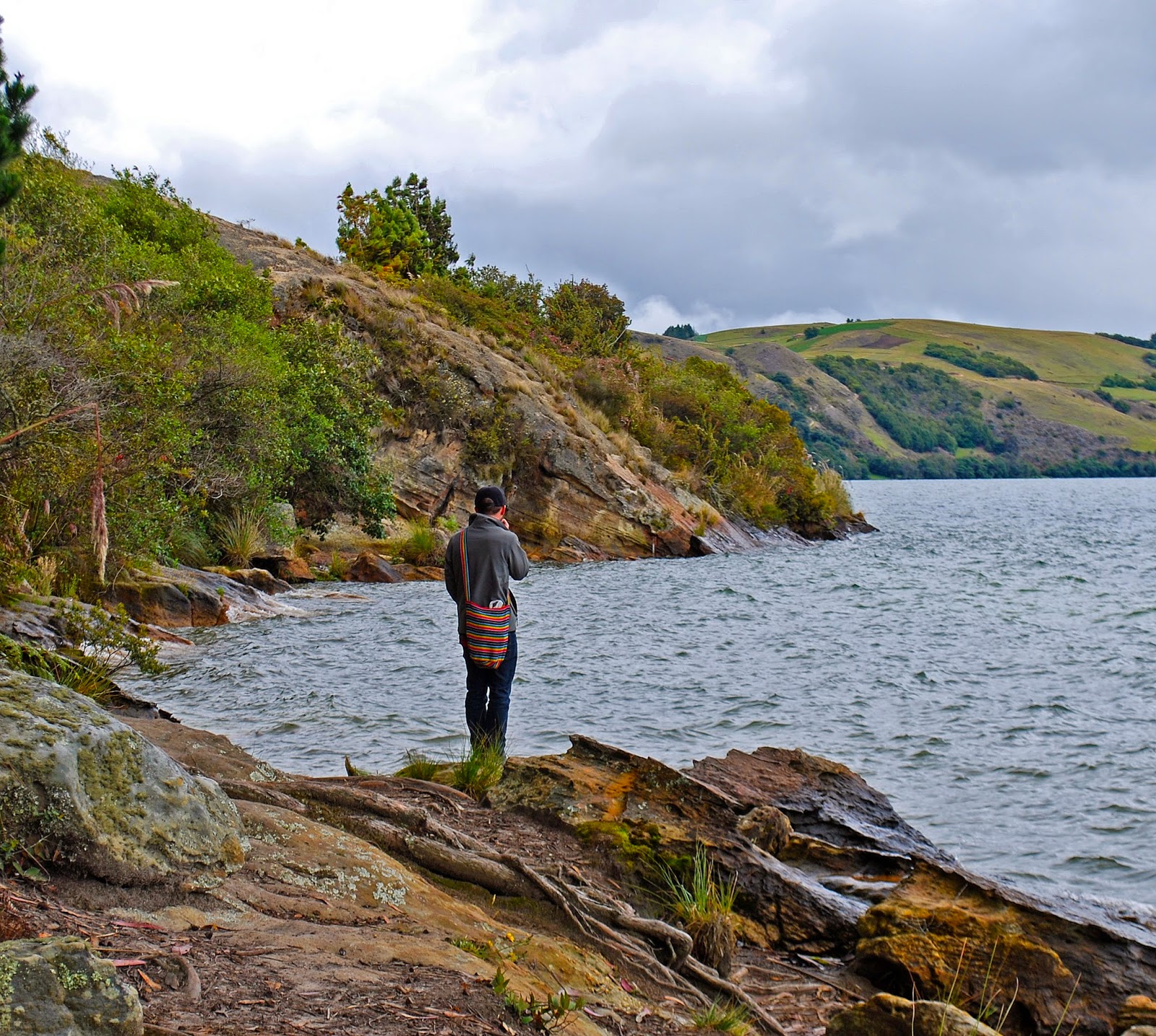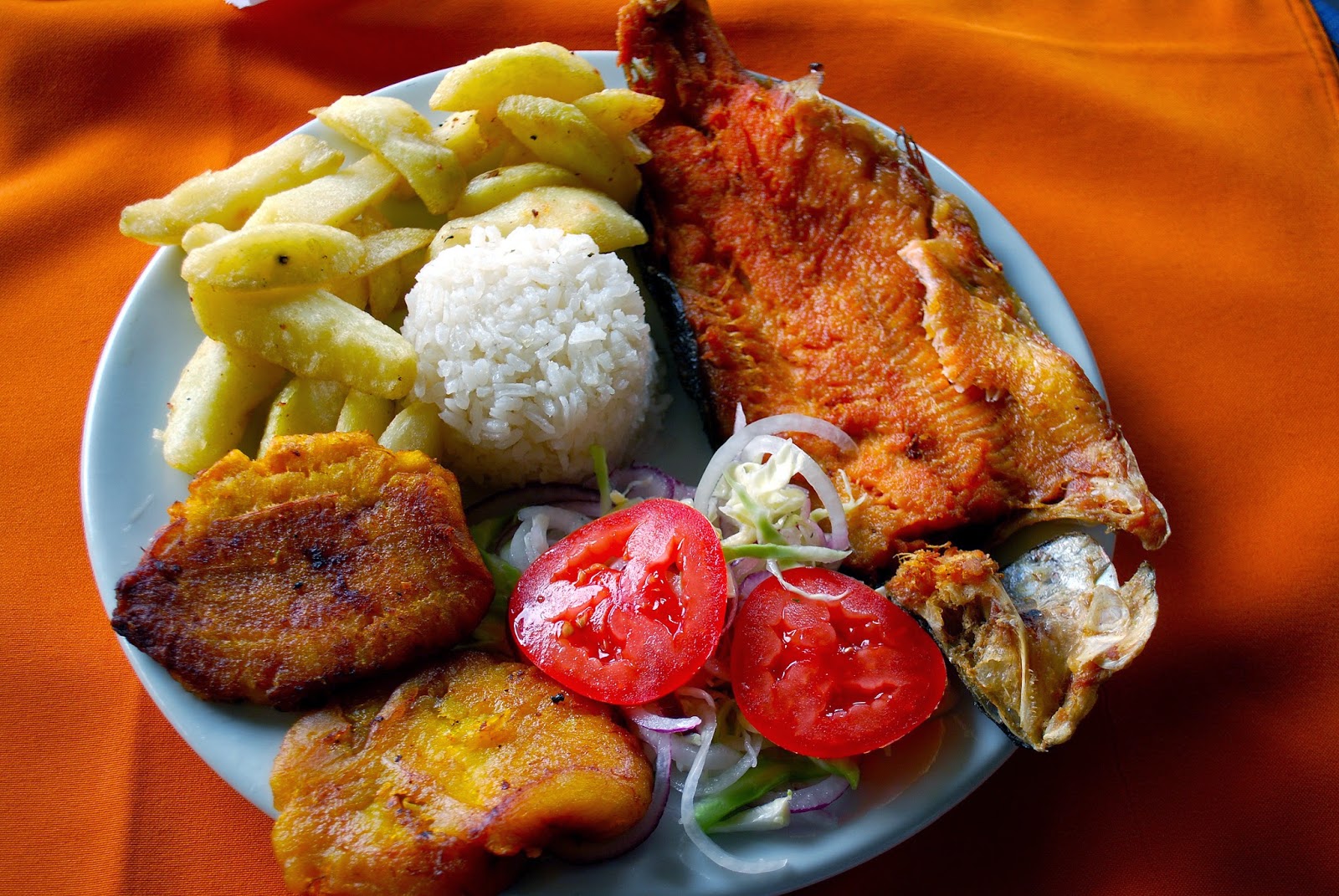Over the weekend the weather wasn't ideal with some rain and overcast skies, but we took pictures anyway!
Flowers, hedges and stone walls surround homes and streets in Villa de Leyva, adding to the charm of the little town.
The cobblestone streets are beautiful but became testing after a number of days!
The town square - one of the largest in South America.
Restaurants and artisan stores line the square and fill at night on the weekends with tourists from Bogotá and the surrounding cities.
The Saturday Farmers Market with plenty of fresh produce from around the area.
Breakfast at the farmers' market - rack of lamb, boiled potatoes and yuka - yummmmmmm!
Tasting the local food is a 'must-do' in the Boyacá region.
A short walk outside of Villa de Leyva brings you to the Pozos Azules (Blue Pools), a stark contrast against the dry and red surrounds.
Our campsite for two nights at Renacer Hostal.
Night time in Villa de Leyva provided beautiful and majestic walks through town.
Best barbeque around (in Sogamoso).
The quaint little town of Nobsa, known for its Ruanas and other artisanal goods.
Playa Blanca - White Beach - didn't look so white due to the overcast weather.
The lake is surrounded by farmland.
The little cottage of Arco Iris, a quaint little hostel and restaurant, serving beautiful trout caught fresh from the lake.
It felt as if we were in England or Scotland somewhere.





































0 comments:
Post a Comment